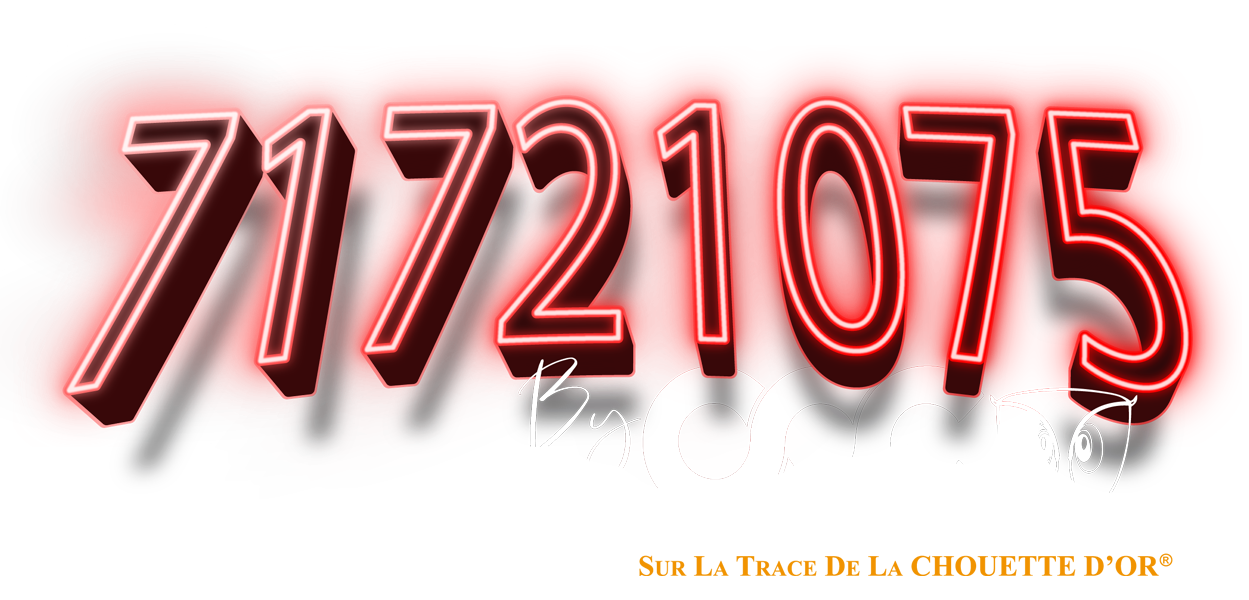(Q - ??: A quick question, regarding the solutions, if we are really close, within a few centimeters, we will say 50 centimeters, 40 centimeters, do you still invalidate
the solution or do you have a margin of error?)
MB: I always have a margin of tolerance in my understanding. This is why I take the time to read all the solutions. For those who give me the same solutions with variations, I begin to know them by heart, so I look directly at the variations. But overall, what you need to know is that I'm going to be very clear on this point because I don't want there to be any confusion around this.
The text of the solutions, the wording of the solutions, the theoretical solution, it is precise, so we joked with the nanometer etc., but in fact, it is precise to the nearest centimeter, okay? This is precision on paper. I am well placed to know that between theory on paper and practice in the field, there may still be differences.
But this difference, which could possibly arise when we identify it in the field, has no impact insofar as it is the text of the solution which is interesting. In this, I am getting closer to the famous article 5 of the regulations that Max Valentin considered as a clue, well, it's a very meager clue, but anyway, this article 5 which says the person who has deciphered the last solution will be deemed the winner allowing you to locate the cache. So in reality the precise localization is done at the level of solving the puzzles. As someone you know well would say: it’s all in the book.
So once this resolution is made, it is possible on the ground to be less precise, but given the size of the object, even if we miss a few centimeters, we still fall on it. What interests me today is to have someone who is able to tell me this is what I find in terms of resolution. So, I provide a solution, a centimeter-precise solution, and this centimeter that I'm talking about cannot be one centimeter more or less. If we have the right solution, we have the right centimeter. Do you understand what I'm trying to say ? Hello? Hello ? There you go.
MB: I always have a margin of tolerance in my understanding. This is why I take the time to read all the solutions. For those who give me the same solutions with variations, I begin to know them by heart, so I look directly at the variations. But overall, what you need to know is that I'm going to be very clear on this point because I don't want there to be any confusion around this.
The text of the solutions, the wording of the solutions, the theoretical solution, it is precise, so we joked with the nanometer etc., but in fact, it is precise to the nearest centimeter, okay? This is precision on paper. I am well placed to know that between theory on paper and practice in the field, there may still be differences.
But this difference, which could possibly arise when we identify it in the field, has no impact insofar as it is the text of the solution which is interesting. In this, I am getting closer to the famous article 5 of the regulations that Max Valentin considered as a clue, well, it's a very meager clue, but anyway, this article 5 which says the person who has deciphered the last solution will be deemed the winner allowing you to locate the cache. So in reality the precise localization is done at the level of solving the puzzles. As someone you know well would say: it’s all in the book.
So once this resolution is made, it is possible on the ground to be less precise, but given the size of the object, even if we miss a few centimeters, we still fall on it. What interests me today is to have someone who is able to tell me this is what I find in terms of resolution. So, I provide a solution, a centimeter-precise solution, and this centimeter that I'm talking about cannot be one centimeter more or less. If we have the right solution, we have the right centimeter. Do you understand what I'm trying to say ? Hello? Hello ? There you go.
